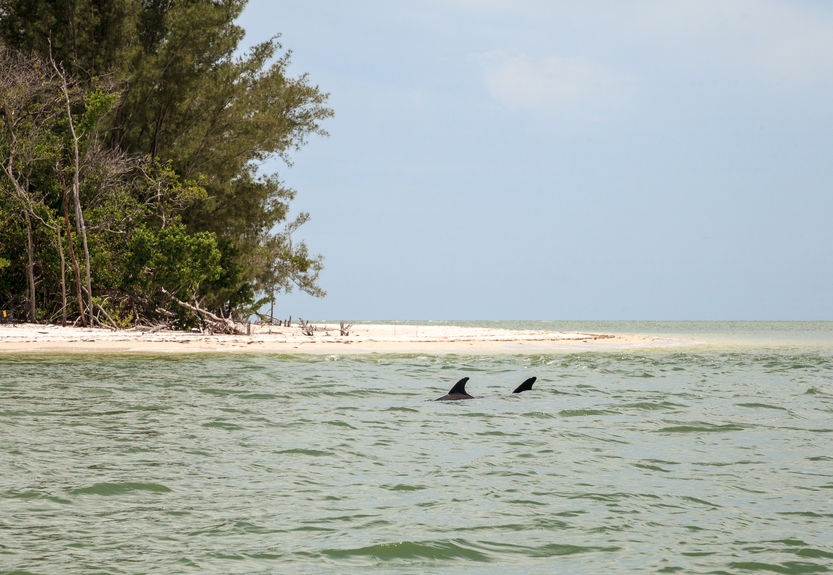Vaquitas are small, pudgy looking porpoises that have a cute “baby Yoda” look to them. Once common along the upper Gulf of California in Mexico, the species has today been brought near to the brink of extinction.
A survey conducted in 1997 found some 567 remaining in the wild. Today many believe that number has dropped below 100.
What is causing the demise of the Vaquita? Conservationists pin the blame on two culprits.
The first is the result of black-market fishing — not for the vaquita per se, but for catches of a giant croaker fish like the bahaba and totaba. The nation of China in particular pays high prices for these exotic fish, often up to $80,000 per kilogram. Though prohibited by the Mexican government, many hard-pressed Mexican fisherman take their chances and use “gillnets” that not only entrap bahabas and totabas, but also vaquitas in the mix.
The second reason the endangered porpoises are imperiled is a result of genetic weaknesses in the remaining population. As its numbers have dwindled, the pickings for mating vaquitas have become slim indeed – with many having to mate with their cousins or siblings. Not good. This has weakened the genetic pool, however there may be other genetic reasons at play too.
Fortunately, modern science might be able to intervene in time to rescue the species at the sound of the bell. As explained in Wired.com:
“The answer may come from a burgeoning wing of ecology known as conservation genomics. By using the vaquita’s DNA data as a yardstick, scientists can gauge whether other animals whose populations are declining—animals they may know less about—are in danger of inbreeding. If the data suggests, as it does with the vaquita, that a species’ population has been stable over time and there is little variation within its genome, it’s probably at very low risk. If, on the other hand, the genetic variation is high, then the risk might be too.
By cross-referencing the genomes in this way, scientists can quickly assess the most urgent threats an animal faces: If inbreeding isn’t the biggest problem, then maybe poaching or habitat loss is. They can also determine whether the animal should be taken into captivity, and if so, how many individuals would be enough.”
Of course, this form of “conservation genomics” isn’t limited to just vaquitas but can also be applied to other critically endangered species such as mountain gorillas, white rhinos, and Marsican brown bears as well. Time will tell if scientists are able to harness genome science to not just maintain, but also improve the status of many animals and plants staring down the brink of annihilation.
For more information, check out the full article at Wired.com.
